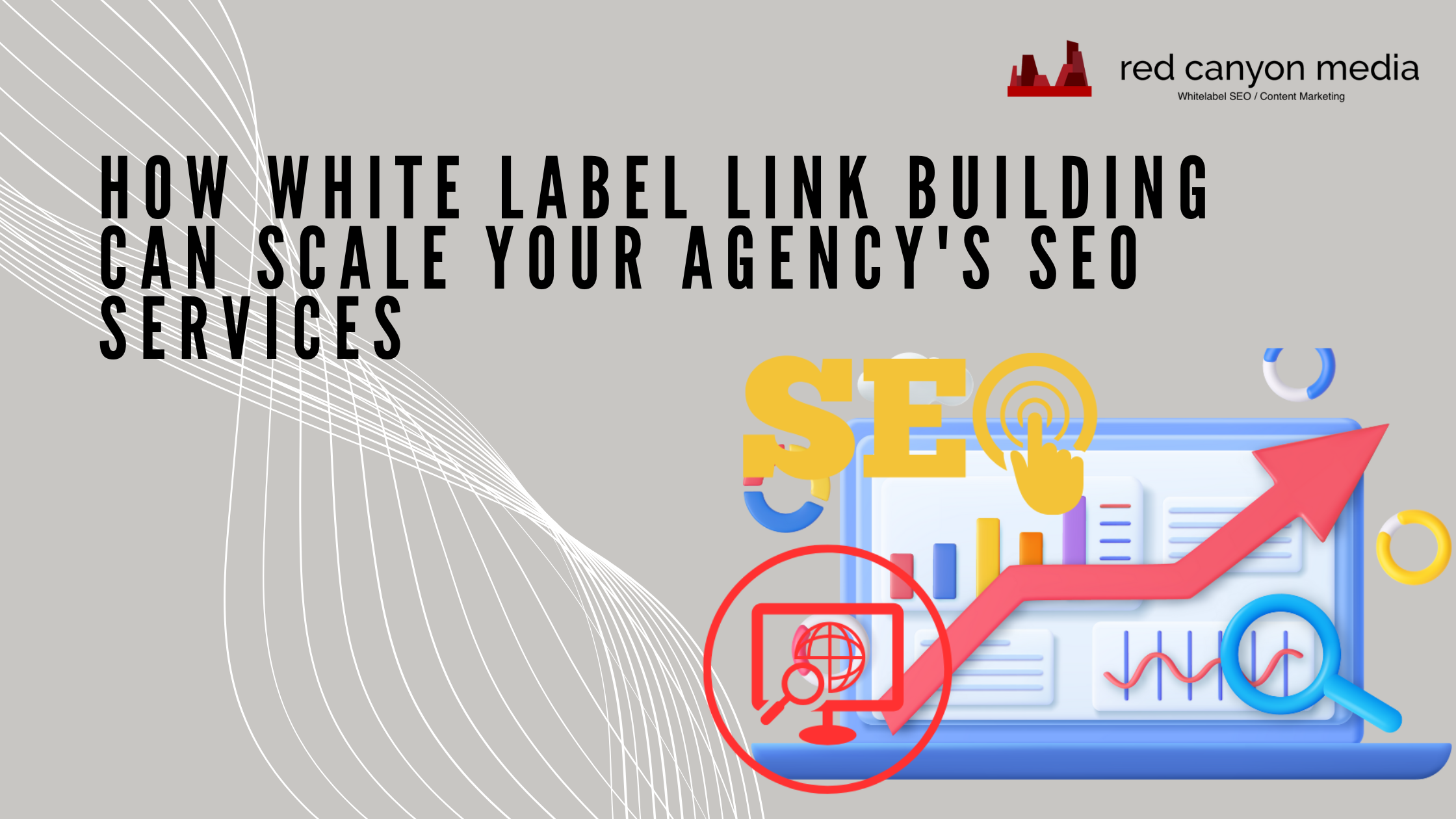Why a Link isn’t just a Link
When I Built an SEO company in 2009, we would tell customers, a link is just a link. Ignore the poor content. Ignore the low-value PBN(private blog sites) we posted content to. Ignore the nofollow links when blog comment spamming. Ignore the fact that Social Bookmarking doesn’t really help.
Let’s talk about why links for a second. Before Google released its E.A.T. methodology, we knew that the power behind google wasn’t just relevance but who was voting for the site with links. This drove ultra-relevant sites to the top and gave customers what they were looking for. I remember the first time using Google. I thought to myself, I would pay for this. That was the power of content and links.
Now we know why we need links, back to 2009. At that time, Google wasn’t analyzing what the links were. They didn’t know if they were relevant, spammy, or even had quality content. From this, many link-building farms were built. A lot of agencies used them then, and they worked. Customers shot to the top with very little effort.
The Panda update 2011
Google started catching on because it was devaluing the value of Google. Spammers and affiliate marketers used these sites heavily. With the Panda update, Google started to access the value of the linking sites. This was the start of the end of the link farms.
How is a PBN(private blog network) different from a link farm? The PBN was born but different from the link FARM as they didn’t cross-link the sites to create an artificial bubble of value. I created over 20,000 PVN sites in less than a year. And early on, it worked.
The Penguin update 2017
Again, Google started catching on to this new tactic and targeted large PBN’s with this update. Even before 2017, I saw Google deindex about 10% of the sites I created. However, I could create more sites than Google could shut down. The 2017 updates put a stop to that. Instead of deindexing the site, they would devalue it, so now we would have no way to know if that site was useless.
Why some PBN’s(private blog network) are good and some are bad
If you own a high-value site, with relevant content that contributes to the Google Ecosphere, you won’t have any problems. Why was the PBN that I created so bad? Because we would use software that could create thousands of sites a day on domains that have little to no value. We then pumped cheap content that in no way contributed to anything at all.
I pretty much spammed tens of thousands of useless content on useless domains. I then resold that at a premium to yellow page companies. What happens when Google catches you? In fact, Google shut down my whole PBN. Google basically just wiped out tens of millions of dollars paid by small and local businesses to help them. We replaced all those sites within a week with more low-quality domains.
Conclusion
PBN’s in themselves are not bad as long as they contribute to a good search experience by users. But if the PBN looks spammy with low-quality content and low-quality value, Google continues to find them and shut them down every second of the day.
My advice. If you are using a provider that uses a PBN exclusively. Run away as fast as possible. Even if they are quality, you don’t want all your eggs in one basket.
Contact Red Canyon Media for a true diverse link building strategy.
The post Why a Link isn’t just a Link appeared first on Red Canyon.



